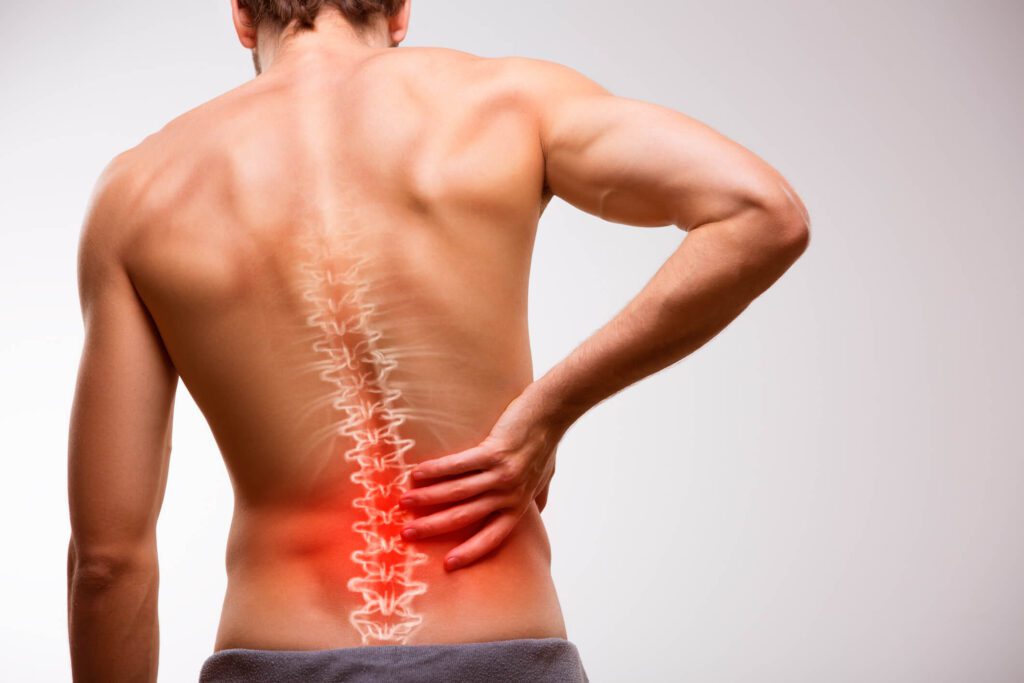We’ve all experienced back pain at some point (if you’re shaking your head no, you’re one of the lucky few). Whether you lifted something improperly, made a sudden or awkward movement, or you overdid that cardio workout, you may be paying the price in ongoing back pain.
If that pain worsens to the touch, it hurts when you bend or lean, or is compounded after you’ve been sitting for long periods, it’s time to have your facet joints examined.
Facet Joint Syndrome – the most common cause of lower back pain
Wondering what facet joints are? They’re the small joints between the bones of the spine that allow our spines to bend and twist. The surface of the joints are covered by cartilage which allows the bones to glide smoothly without friction.
When this cartilage wears away – either as a result of ageing or trauma – the facet joints press together and cause pain. The pain that stems from the facet joints is known as Facet Joint Syndrome.
From a dull ache to radiating pangs: welcome to facet joint pain
People suffering facet joint syndrome report feeling pain in their lower back but sometimes the pain can radiate into the buttocks, legs or knees.
Pressing on the skin can intensify the pain. So too can bending the spine backward. And sitting for long periods can also be an aggravating factor.
The most common cause of facet joint pain is ageing. That’s because the facet joint naturally wears as you age and the spine progressively deteriorates.
Physiotherapy could be the answer to your back pain
Physiotherapy is an excellent treatment for facet joint pain. But first, you need a diagnosis and that involves a physical evaluation by a professional that understands spinal pain.
When you visit New Age Physiotherapy, we discuss your medical history, your symptoms and the impact they are having on your daily activities.
Our treatment is tailored to each patient and is aimed at getting you moving with less pain and back to your active lifestyle. That may include massage therapy to control the pain, strengthening exercises to help take the pressure off the facet joints and postural advice.
Try the benefits of physiotherapy
Physiotherapy treatment is effective in increasing patients’ range of motion and most beneficial if your back pain is preventing you from performing the simplest of tasks.
Unsure if the pain you’ve been suffering is facet joint syndrome? Contact us for a diagnosis and effective treatment plan.

